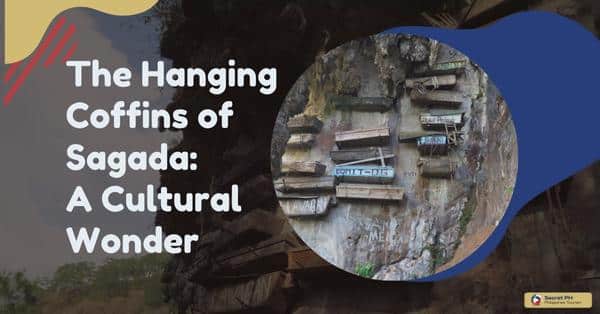Do you want to explore the rich history of Abra, Philippines? If so, then a visit to its many historical sites is a must! From ancient churches and temples to rustic colonial-era structures, Abra has plenty of captivating places to discover.
Discover Abra’s rich historical sites: Bangued Cathedral’s grandeur, Tayum Church’s fusion of Spanish and Filipino architecture. Calaba Bridge’s cultural significance, Pidigan Church Ruins’ colonial remnants, and the Manabo Rice Terraces’ UNESCO-recognized terraced fields. Immerse in Abra’s captivating past.
In this blog post, we will take you through some of the most popular historical sites in Abra that you can explore on your next visit. Whether you’re a history buff or just want to experience the cultural heritage of this region. These amazing landmarks are sure to give you an unforgettable experience! So join us as we take you through some of the most fascinating historical sites in Abra!
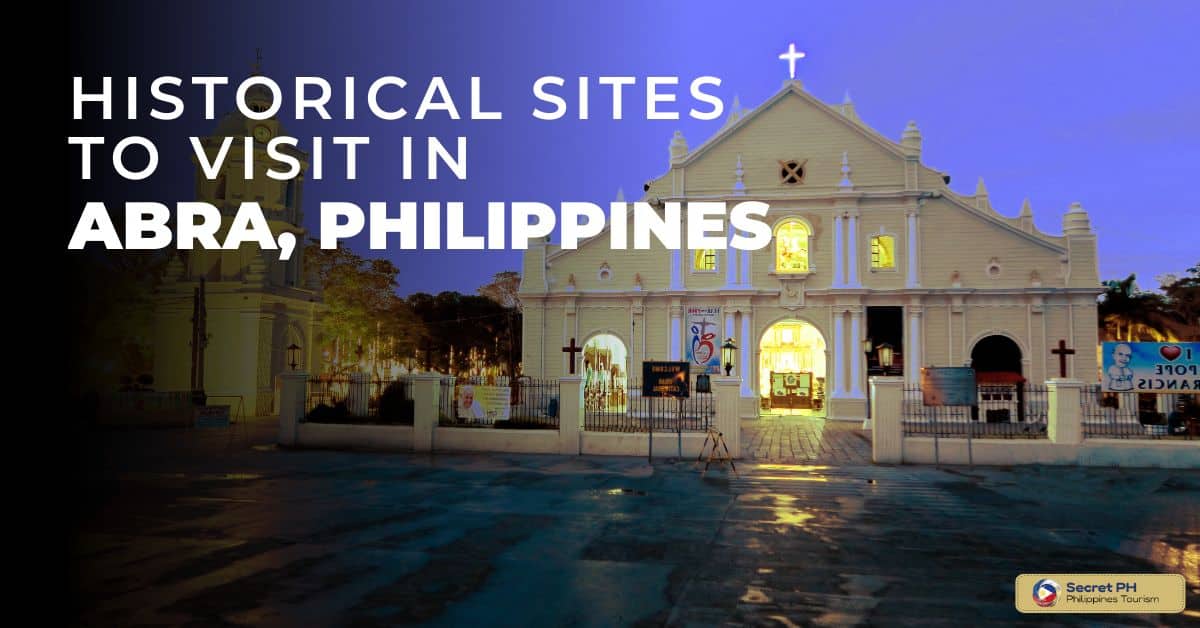
Overview of Abra’s Rich History
Abra is a city with a rich history that goes beyond its well-known status as a gateway to the Ilocos region. Originally known as Abila, the city traces its roots back to the pre-colonial era when it was one of the major trade centers in the country.
With the arrival of the Spaniards in the 16th century. Abra became a hotly contested area and saw some of the most significant battles in the country’s history. Today, Abra is a bustling city that blends a modern atmosphere with historical undertones.
It serves as the capital of the province and continues to be an important center for business and culture in the region. To truly appreciate and understand Abra’s rich history. One must explore its many landmarks and cultural treasures, which offer a glimpse into the city’s storied past.

Bangued Cathedral: A Majestic Heritage Site
Bangued Cathedral, also known as the St. James the Greater Cathedral. A majestic heritage site located in the province of Abra, Philippines. This beautiful cathedral is a historic landmark that is rich in culture and history and offers visitors a glimpse into the Philippines’ past.
Its stunning architecture, intricate design, and grandeur make it a must-see destination for travelers who are interested in history and religion. The cathedral boasts a significant role in the community’s religious life. Its establishment dates back to the Spanish colonial period.
Today, Bangued Cathedral continues to serve as a symbol of faith and heritage. An essential landmark not only for the people of Abra but for the entire Philippines. Visiting this magnificent cathedral would undoubtedly be an unforgettable experience. And an opportunity to witness a vital piece of the Philippines’ history.
Address: Bangued, 2800, Abra, Taft Ave, Bangued, Abra
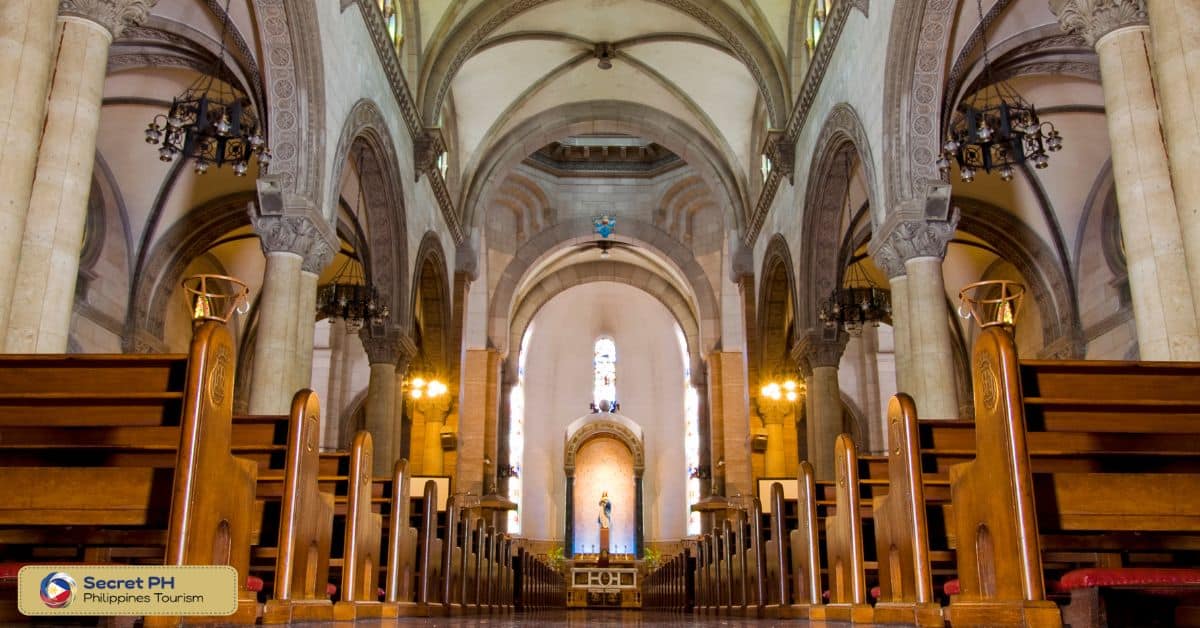
Tayum Church: A Blend of Spanish and Filipino Architecture
Tayum Church, located in Abra, Philippines, is a magnificent blend of Spanish and Filipino architecture and a must-see historical site for visitors to the area. The church is a true representation of the colonial influence. That has shaped the Philippines for centuries, with its ornate details and intricate carvings.
Built-in the early 1800s, Tayum Church has stood the test of time and continues to be a significant landmark of the region. Visitors will be captivated by its unique design and rich history. Making it an essential stop on any cultural tour of the Philippines.
Whether you are a history buff or simply interested in beautiful architecture, this impressive church is not to be missed.
Address: JM93+GJG, Tayum, Abra
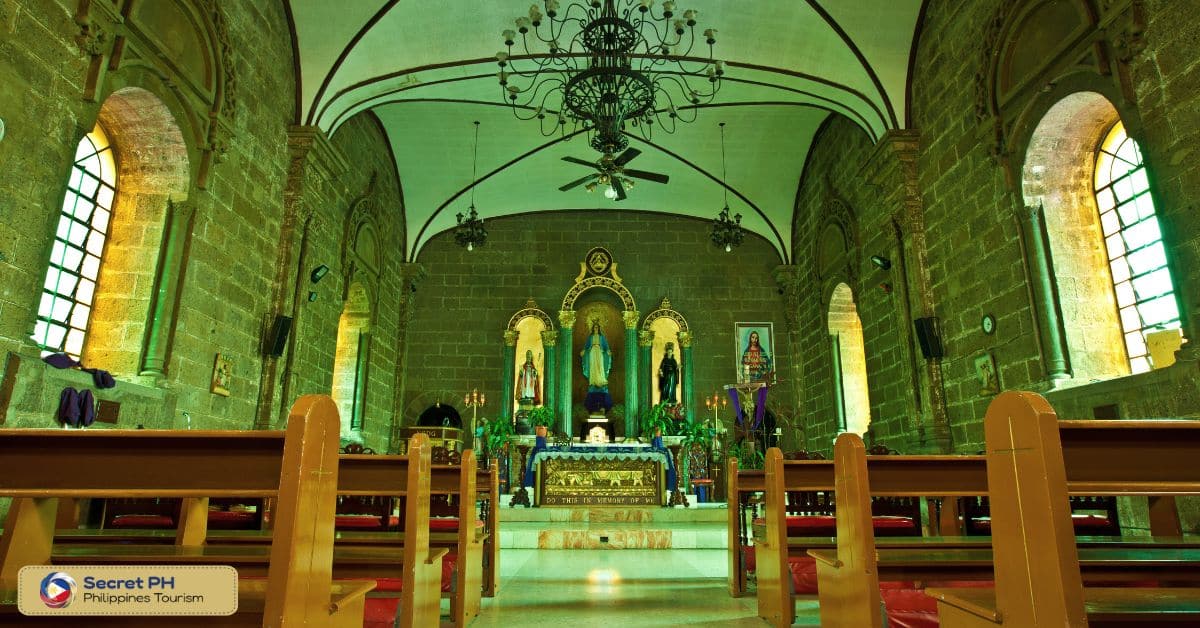
Calaba Bridge: A Symbol of Abra’s Rich Cultural Heritage
Nestled in the scenic mountains of Abra, lies a historical gem that truly exemplifies the province’s rich cultural heritage – the Calaba Bridge. This sturdy structure, built during the Spanish colonial era, has stood the test of time and remains a testament to the engineering skills of our forefathers.
The bridge is not only a magnificent sight to behold, but it also played a crucial role in the transportation of goods and people in the past. Today, it stands as the pride of the people of Abra and is a favorite spot for tourists who come to marvel at its grandeur.
To fully appreciate the beauty of this historical site, take a stroll along the bridge and take in the panoramic view of the surrounding mountains. Visiting Calaba Bridge is definitely a worthwhile experience for anyone who wants to learn and appreciate the rich cultural heritage of Abra.
Address: JJC9+2HC, Bangued, Abra
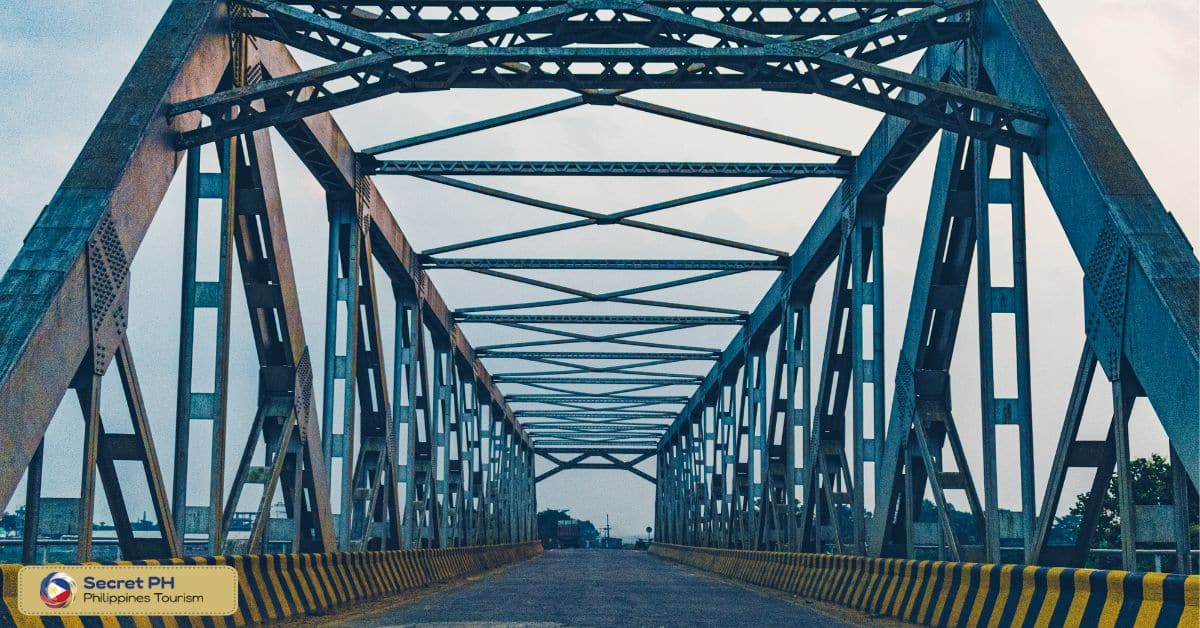
Pidigan Church Ruins: Tracing the Footsteps of the Past
The Pidigan Church Ruins in Abra, Philippines is a historical site that is worth exploring. Built-in the 18th century, this church used to be a magnificent structure that played an important role in the religious life of the community.
Sadly, it was partially damaged in an earthquake in the early 20th century, but its ruins still stand as a testament to its former grandeur. Tracing the footsteps of the past, visitors can walk through the grounds and marvel at the intricate details on the remaining walls and columns.
The site is a great place to learn about the history of the region, as well as to appreciate the efforts of the people who built it. If you’re interested in history, and architecture, or just enjoy exploring cultural sites, the Pidigan Church Ruins is a must-see destination in Abra.
For directions, click here.
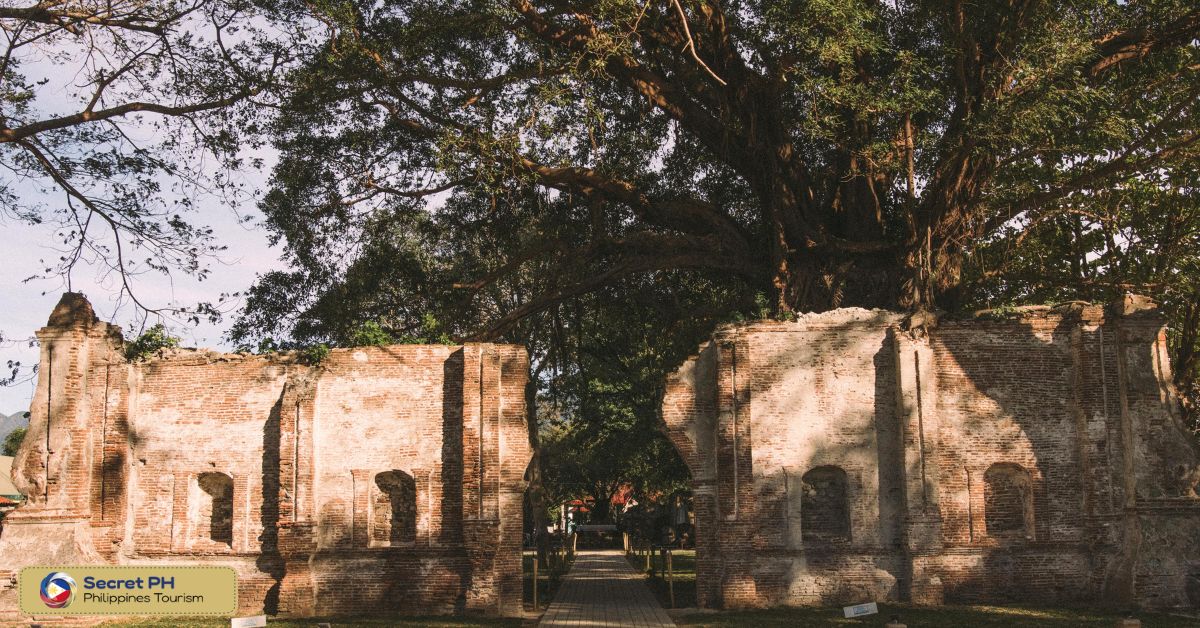
Manabo Rice Terraces: A Stunning UNESCO World Heritage Site
The Manabo Rice Terraces in Abra, Philippines, is a breathtaking UNESCO World Heritage Site that you won’t want to miss. These beautiful terraces, carved into the hillsides by the local Kankanay people, are a testament to their ingenuity and hard work.
Covering an impressive 10,360 hectares, they are a beautiful and awe-inspiring sight. Visiting the Manabo Rice Terraces is an excellent way to learn more about the history and culture of the area, and to appreciate the incredible beauty of this unique landscape.
So if you’re planning to visit Abra, make sure you add the Manabo Rice Terraces to your must-visit list.
Address: 4WG7+M2F, Bontoc, Mountain Province
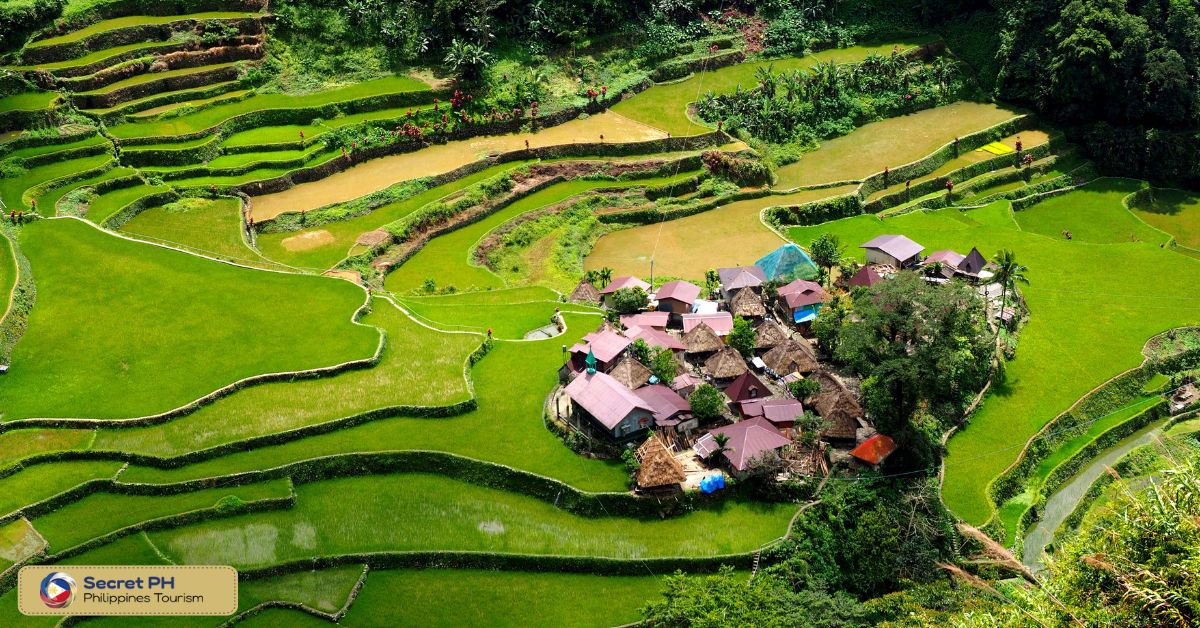
In conclusion
Abra in the Philippines is a historical gem waiting to be explored. The province boasts a rich and fascinating history that is reflected through its many historical landmarks and sites. From the centuries-old Bangued Cathedral to the unique Patoc Cave, Abra has plenty to offer for visitors seeking to immerse themselves in the region’s history.
Stepping back in time and experiencing the charming architecture of the Ilocos churches or the minimalist beauty of the Abra Bamboo Organ is a must-try. By visiting these historical sites, you not only gain knowledge but also an appreciation for Abra’s rich cultural and historical heritage.
Don’t miss the opportunity to relive history and witness the province come alive through its magnificent historical sites.





